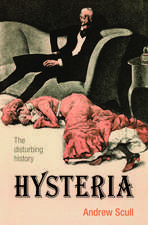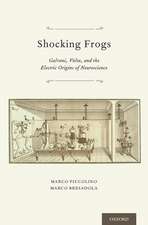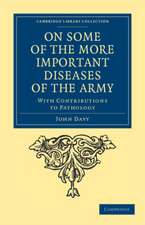The Shocking History of Electric Fishes: From Ancient Epochs to the Birth of Modern Neurophysiology
Autor Stanley Finger, Marco Piccolinoen Limba Engleză Hardback – 8 sep 2011
Preț: 985.19 lei
Preț vechi: 1343.45 lei
-27% Nou
Puncte Express: 1478
Preț estimativ în valută:
188.54€ • 196.11$ • 155.65£
188.54€ • 196.11$ • 155.65£
Carte tipărită la comandă
Livrare economică 03-09 aprilie
Preluare comenzi: 021 569.72.76
Specificații
ISBN-13: 9780195366723
ISBN-10: 0195366727
Pagini: 496
Ilustrații: 302 illustrations
Dimensiuni: 221 x 279 x 33 mm
Greutate: 1.75 kg
Editura: Oxford University Press
Colecția OUP USA
Locul publicării:New York, United States
ISBN-10: 0195366727
Pagini: 496
Ilustrații: 302 illustrations
Dimensiuni: 221 x 279 x 33 mm
Greutate: 1.75 kg
Editura: Oxford University Press
Colecția OUP USA
Locul publicării:New York, United States
Recenzii
The book is more than a history of the electric fish; it is also a survey of the history of science, introducing all themes and approaches in this discipline in a relevant chronological sequence. This detailed work will be most useful to professional scientists/ historians in ichthyology neurobiology, and the history of the medical sciences.
Notă biografică
Stanley Finger is Professor of Psychology, Neuroscience, and Philosophy-Neuroscience-Psychology at Washington University, St. Louis, M0 Marco Piccolino is Professor of General Physiology and Lecturer in Science History, University of Ferrara, Italy.

















